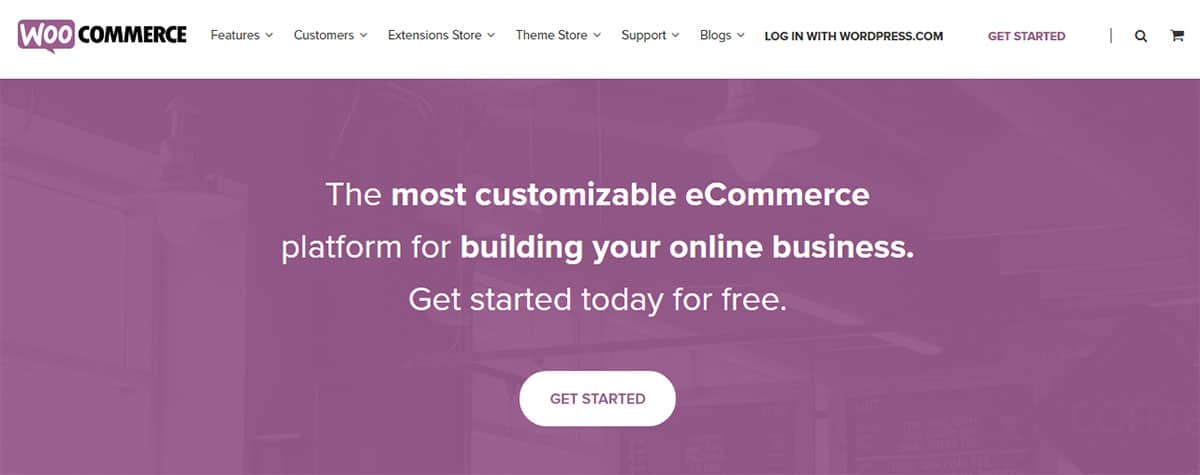
WooCommerce is the most popular e-commerce plugin for WordPress, and it’s easy to see why: its robust feature set and huge library of extensions make it a powerful tool. It supports 60+ languages and as open-source software, it’s constantly being updated and improved.
However, it’s also quite complex. There are other store builders out there that are definitely easier to use.
Is WooCommerce the right platform for your needs, or would you be better off with a simpler solution? Read on to discover the pros and cons.
Features and Ease of Use
Out-of-the-box, WooCommerce has a powerful feature set. It supports image galleries, embedding products into pages, and displaying ratings and reviews.
It’s the range of extensions; however, that makes WooCommerce stand out. There are 40+ free extensions, and almost 300 paid extensions to enhance your store’s functionality. These extensions enable you to integrate with payment processors, sell subscriptions, better market your store, and much more.
One of WooCommerce’s best features is its product options. Types of product options include different colors, sizes, or material types, for example. Other e-commerce website builders restrict the number of product variations you can create. With WooCommerce, the possibilities are (almost) limitless.
The fact that WooCommerce has so many features means that it is not the most beginner-friendly store builder. WordPress in itself isn’t the easiest to use, and WooCommerce inherits the platform’s biggest faults – including a lack of drag-and-drop editing and a somewhat confusing dashboard.
WooCommerce works with almost all WordPress themes. For the best experience, however, I recommend using one of the 17 WooCommerce-specific themes available from the Theme Store. Three of these themes are free, and even the premium themes are available for an affordable price.
The official WooCommerce theme, Storefront, comes free with the plugin. This theme provides the foundation for a majority of the premium themes available from the store. You can also customize Storefront with both free and paid extensions for Reviews, Pricing Tables, and Product Sharing.
Pricing and Support
The great thing about WooCommerce is that it’s 100% free to download and use. Although most of its extensions do cost money, you can use all of the essential functions of WooCommerce without spending a dime.
You will, of course, have to pay to host your WordPress website. For WordPress.org, you’ll need a web hosting provider, such as Hostinger, Siteground, or A2 Hosting. For WordPress.com, you’ll require the Business plan or above to use this plugin. You can get WordPress hosting for a monthly cost that’s less than the price of a coffee, though, so it’s affordable!
To get customer support from WooCommerce, you’ll need to have a premium extension or theme installed. However, there are hundreds of helpful articles on the WooCommerce Docs website. These Docs can help you set up your WooCommerce store and resolve any issues.
If you bought an extension or theme from the WooCommerce store and need support, you can submit a support ticket. Depending on the nature of the issue, you might have a live chat conversation with a representative. WooCommerce’s support hours are from Monday to Friday, 08:30-17:00 (UTC+2). Once you submit a support request, you should receive a response within 24 hours (excluding weekends).
 Website Planet
Website Planet









